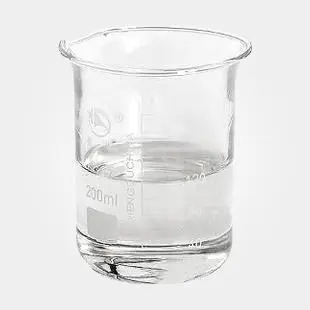Isopropyl alcohol is a commonly used disinfectant and cleaning agent. Its popularity is due to its effective antibacterial and antiseptic properties, as well as its ability to remove grease and grime. When considering the two percentages of isopropyl alcohol—70% and 99%—both are effective in their own right, but with different applications. In this article, we will explore the benefits and uses of both concentrations, as well as their respective drawbacks.
70% Isopropyl Alcohol
70% isopropyl alcohol is commonly used in hand sanitizers due to its mild nature and antibacterial properties. It is less aggressive than higher concentrations, making it suitable for daily use on the hands without causing excessive dryness or irritation. It is also less likely to damage skin or cause allergic reactions.
70% isopropyl alcohol is also commonly used in cleaning solutions for surfaces and instruments. Its antiseptic properties help to kill harmful bacteria on surfaces, while its ability to dissolve grease and grime makes it an effective cleaning agent.
Drawbacks
The main drawback of 70% isopropyl alcohol is its lower concentration, which may not be effective against some stubborn bacteria or viruses. Additionally, it may not be as effective in removing deeply embedded grime or grease compared to higher concentrations.
99% Isopropyl Alcohol
99% isopropyl alcohol is a higher concentration of isopropyl alcohol, which makes it a more effective disinfectant and cleaning agent. It has a strong antibacterial and antiseptic effect, killing a wide range of bacteria and viruses. This high concentration also ensures that it is more effective in removing deeply embedded grime and grease.
99% isopropyl alcohol is commonly used in medical settings, such as hospitals and clinics, due to its strong antibacterial properties. It is also commonly used in industrial settings, such as factories and workshops, for degreasing and cleaning purposes.
Drawbacks
The main drawback of 99% isopropyl alcohol is its high concentration, which can be drying to the skin and cause irritation or allergic reactions in some people. It may not be suitable for daily use on the hands unless properly diluted. Additionally, the high concentration may not be suitable for sensitive surfaces or delicate instruments that require gentler cleaning methods.
In conclusion, both 70% and 99% isopropyl alcohol have their respective benefits and uses. 70% isopropyl alcohol is温和 and suitable for daily use on the hands due to its mild nature, while 99% isopropyl alcohol is stronger and more effective against stubborn bacteria and viruses but may cause irritation or dryness in some people. The choice between the two depends on the specific application and personal preference.
Post time: Jan-05-2024





